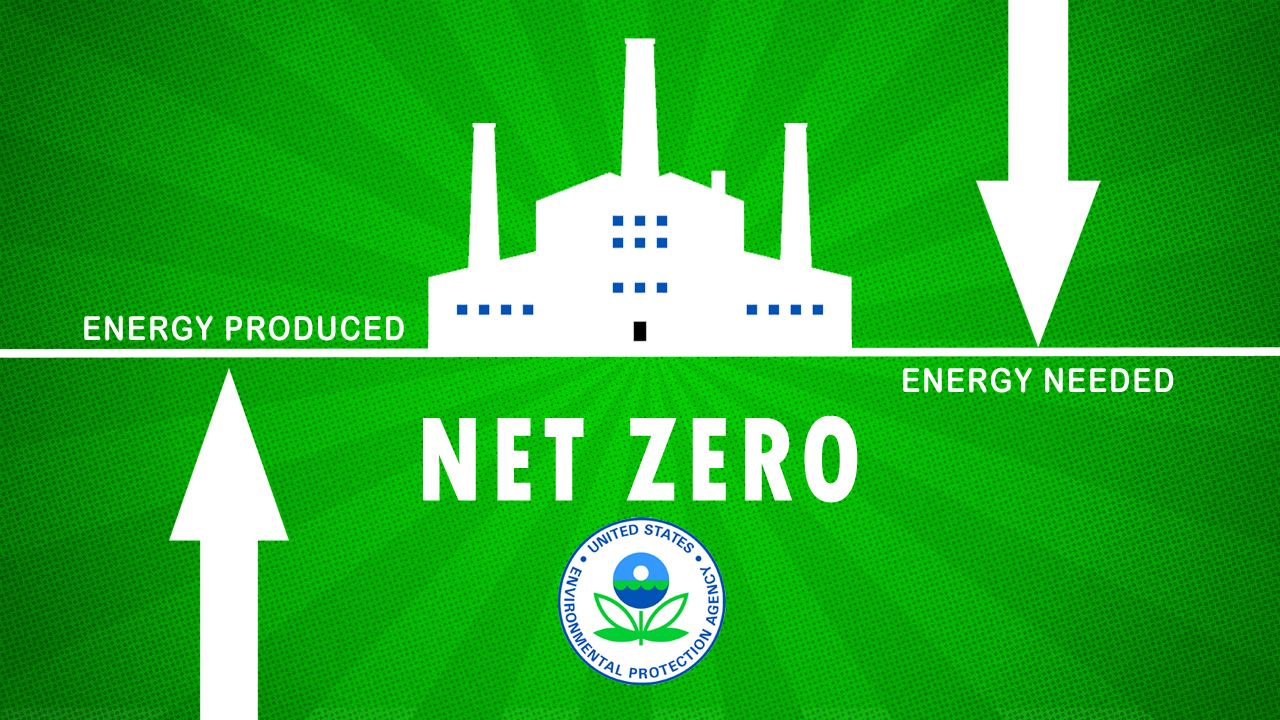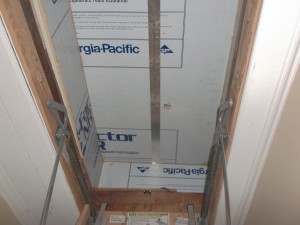Driving to show we care
By Gina Snyder
Last summer, I had the opportunity to drive an extended range electric car. This is a vehicle that drives only on the battery until all the charge has been used up, then it uses a gasoline engine and hybrid technology for excellent mileage. But the really interesting thing about this car was the extensive feedback on my driving “performance.”
A spinning green globe on the dashboard let me know when I began to accelerate out of the efficient range. Not only that, but on this 90-degree day, when I used air conditioning, the climate conditioning display also showed how much power was going to keep the cabin space cool. It turned out that using the eco-air conditioning used 21 percent of the engine’s power on cooling the cabin, but pushing the ‘comfort’ button drove it all the way up to 35 percent of the engine’s power! That just goes to show how much energy it takes to run air conditioning.
I don’t continuously focus on doing everything possible to conserve fuel when I drive, but I do like to drive with fuel efficiency in mind. The best tip I’ve ever found was to drive a car like you would ride a bike. It helps if you think about spending energy as wisely in your car as you do when you ride.
Here are some examples:
- Ensure your tires are properly inflated and vehicle is in good mechanical condition – this reduces rolling and mechanical resistance. Proper tire pressure is safer, extends tire life, and can provide up to 3 percent benefit per tankful of fuel.
- Smart braking means that you coast to stops. Go easy on the gas pedal just like you don’t pedal madly towards stop signs and then jam on the binders on your bike.
- “Driving with load” on hills saves energy. You don’t usually power up hills trying to maintain your previous cruising speed on your bike, do you?
- Reduce speed. It’s easier for cyclists, who are highly attuned to the relationship between aerodynamic drag and the energy consumed to travel at high speed.
- Don’t idle your car unnecessarily. You don’t sit and spin your bike pedals while waiting for someone, nor do you ‘warm up your bike’ in the driveway, do you?
Being attuned to your performance as an efficiency-conscious driver will result in a style that mirrors the smooth and steady progress you make on a bicycle. We can all be smooth operators this summer. Go easy on the brake and gas pedals when you approach traffic lights and stop signs. Stopping and accelerating gradually not only gives you a smoother ride, it saves gas—and that’s good for the air and good for you!
Learn more from EPA on Green Vehicles: https://www3.epa.gov/greenvehicles/
Other green driving tips: https://www3.epa.gov/climatechange/Downloads/wycd/wycd-road.pdf
-30-
About the author: Gina Snyder works in the Office of Environmental Stewardship, Compliance Assistance at EPA New England and serves on her town’s climate committee













 Dinner needs to be ready in one hour….oh and by the way, I just started a Paleo diet this week (if you do not know what it is Google it… and it will open your eyes to a new way of cooking!).
Dinner needs to be ready in one hour….oh and by the way, I just started a Paleo diet this week (if you do not know what it is Google it… and it will open your eyes to a new way of cooking!).